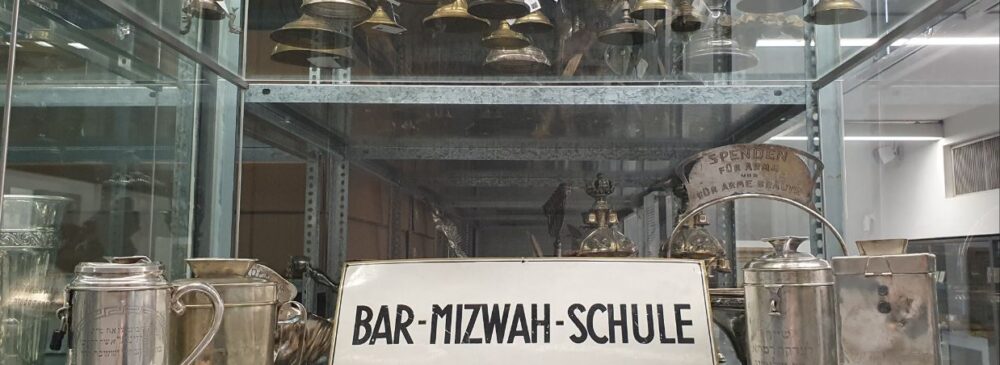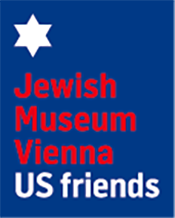Giving Tuesday – Tzedaka
Dec 4, 2020 | JMW News

The Hebrew term “tzedaka” means justice. What is meant by this is the obligation to charity which is written in the Torah. In the Book of Deuteronomy (the Fifth Book of Moses), it says that “you should open your hand to her/him and freely loan her/him whatever she/he needs.” So a person does not donate because she/he is particularly rich, but because it is the right and proper thing to do!

Image © JMW
Institutions for which donations could be made are named in Hebrew and German on this donation board, which was crafted in 1857 and can be found in the permanent exhibition “Our City! The Three Communities until 1945” located on the second floor of the Jewish Museum.
Recognized as a legal body in 1852, the Israelitische Kultusgemeinde (Jewish Community of Vienna) took over the organization of the various social and religious support and assistance that had previously been in the hands of private individuals. Its first president, Joseph von Wertheimer, who had been in office since 1853, made a particular contribution to the expansion of the Jewish Community’s social network.
Following the example of the first kindergarten in Vienna, he created a Jewish “custodial institution.” This meant a kind of after-school care center where children could be looked after while the parents could go about their duties. Support for widows and orphans, care for the poor and the disabled, nursing and burial services, school facilities and the granting of free support for poor pupils and rabbinical candidates or the trousseaus for poor brides were among the tasks of the respective institutions.
Four receptacles for receiving donations for the impoverished and poor brides can be found in the Jewish Museum Vienna collection.

Image © Sebastian Gansrigler
This one dates from 1926 and provides the following information in the dedication inscription: “Dedicated by Alfred and Mina Landesberger on the occasion of the wedding of their daughter Pauly on January 10, 1926.” The lawyer Maximilian Landesberger, who was born in Lviv in Galicia in 1818 and died in Vienna in 1895, could be Pauly’s grandfather, who married Pauline Konitz in 1850 and had three children together with her. Perhaps the bride’s first name is an allusion to Pauline Konitz?

Image © Sebastian Gansrigler
Cover image © JMW
